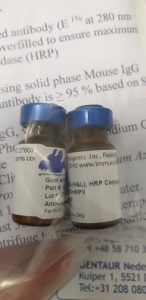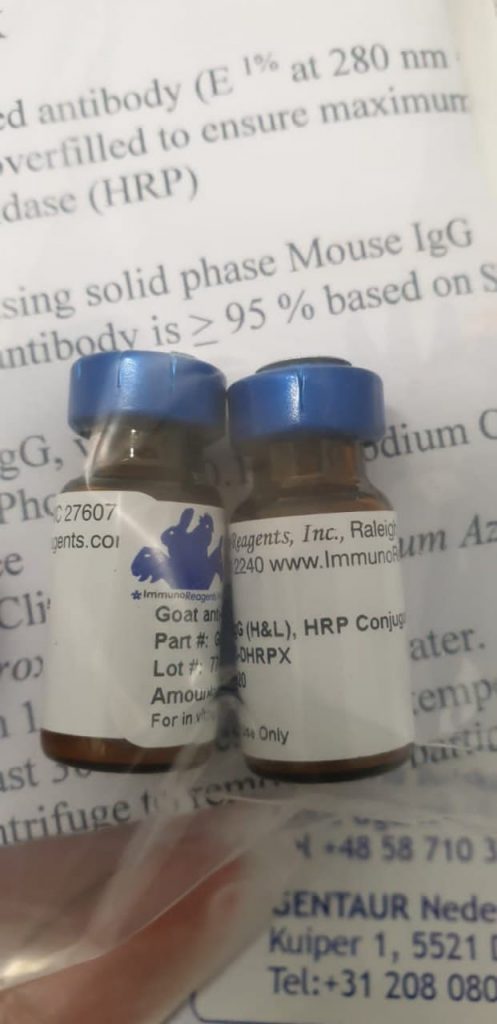Interaction polymer chromatography (IPC) is an umbrella time period overlaying a big number of primarily enthalpically-dominated macromolecular separation strategies. These embody temperature-gradient interaction chromatography, interactive gradient polymer elution chromatography (GPEC), barrier strategies, and so forth. Also included are strategies reminiscent of liquid chromatography on the vital circumstances and GPEC in conventional precipitation-redissolution mode. IPC methods are employed to find out the chemical composition distribution of copolymers, to separate multicomponent polymeric samples in line with their chemical constituents, to find out the tacticity and end-group distribution of polymers, and to find out the chemical composition and molar mass distributions of choose blocks in block copolymers.
These are all properties which vastly have an effect on the processing and end-use habits of macromolecules. While extraordinarily highly effective, IPC strategies are not often employed exterior tutorial and choose industrial laboratories. This is mostly as a result of most revealed strategies are “bespoke” ones, relevant solely to the actual polymer being examined; as such, potential practitioners are confronted with a scarcity of inductive info relating to develop IPC separations in non-empirical vogue.
The goal of the current assessment is to distill from the literature and the creator’s expertise the mandatory elementary macromolecular and chromatographic info in order that these in doing so could develop IPC strategies for his or her specific analytes of curiosity, no matter what these analytes could also be, with as little trial-and-error as doable. While a lot stays to be decided in this space, particularly, for many methods, as regards the position of temperature and fine-tune this vital parameter, and whereas a necessity for IPC columns designed particularly for large-molecule separations stays obvious, it’s hoped that the current assessment will assist place IPC strategies in the fingers of a extra basic, but concurrently extra utilized viewers.
Comprehensive Identification of Glycosphingolipids in Human Plasma Using Hydrophilic Interaction Liquid Chromatography-Electrospray Ionization Mass Spectrometry
Glycosphingolipids (GSL) symbolize a extremely heterogeneous class of lipids with many mobile capabilities, implicated in a large spectrum of human illnesses. Their isolation, detection, and complete structural evaluation is a difficult activity because of the structural variety of GSL molecules. In this work, GSL subclasses are remoted from human plasma utilizing an optimized monophasic ethanol-water solvent system succesful to get better a broad vary of GSL species.
Obtained deproteinized plasma is subsequently purified and concentrated by C18-based solid-phase extraction (SPE). The hydrophilic interaction liquid chromatography coupled to electrospray ionization linear ion lure tandem mass spectrometry (HILIC-ESI-LIT-MS/MS) is used for GSL evaluation in the human plasma extract. Our outcomes present an in-depth profiling and structural characterization of glycosphingolipid and a few phospholipid subclasses recognized in the human plasma primarily based on their retention instances and the interpretation of tandem mass spectra.
The structural composition of specific lipid species is instantly characterised primarily based on the detailed interpretation of mass spectrometry (MS) and tandem mass spectrometry (MS/MS) spectra and additional confirmed by particular fragmentation habits following predictable patterns, which yields to the unambiguous identification of 154 GSL species inside 7 lipid subclasses and 77 phospholipids representing the very best variety of GSL species ever reported in the human plasma. The developed HILIC-ESI-MS/MS methodology can be utilized for additional medical and organic analysis of GSL in the human blood or different organic samples.
Alkylresorcinols (5-alkyl-1,3-dihydroxybenzenes) are amphiphilic phenolic lipid compounds that are considerable in cereals, with highest contents in rye. Alkylresorcinols are suspected to indicate a variety of beneficial organic actions. For such and additional testing, extremely pure alkylresorcinol requirements are required. Especially, purities >> 98% had been partly tough to acquire in the previous. Here, we aimed to isolate probably the most considerable (saturated) alkylresorcinols from rye utilizing countercurrent chromatography. To obtain very excessive purity, alkylresorcinol-containing extract (∼7.14 g) of rye grains.

Studying dynamic aroma launch by headspace-solid part microextraction-gas chromatography-ion mobility spectrometry (HS-SPME-GC-IMS): methodology optimization, validation, and utility
To perceive aroma notion from advanced meals matrices’ willpower of dynamic aroma launch throughout simulated oral processing is critical. In this research optimization, validation and utility of a novel methodology coupling headspace-solid part microextraction (HS-SPME) with gasoline chromatography-ion mobility spectrometry (GC-IMS) is offered. Thirteen character influence compounds imparting completely different chemical properties are studied to know capabilities and limitations of the strategy. It was proven for the primary time that the temperature of the IMS pattern inlet may be elevated as much as 200 °C with out instrumental constraints. Linear calibration was doable for eleven of the 13 compounds with one decade dynamic vary.
[Linking template=”default” type=”products” search=”Ribonucleotide Reductase M2″ header=”2″ limit=”133″ start=”2″ showCatalogNumber=”true” showSize=”true” showSupplier=”true” showPrice=”true” showDescription=”true” showAdditionalInformation=”true” showImage=”true” showSchemaMarkup=”true” imageWidth=”” imageHeight=””]
The restrict of detection and quantitation had been 2.1-63.zero ppb and seven.2-210.1 ppb, respectively. Diacetyl might be detected in unfavourable polarity mode of IMS, nevertheless with decrease precision in comparison with the compounds detected in constructive mode. Limitations of the strategy had been quick HS-SPME extraction time, which in the case of caproic acid was not ample for dependable quantification. Additionally, δ-decalactone couldn’t be detected attributable to most GC temperature of 200 °C. Application of the strategy to find out dynamic aroma launch from a dairy matrix was efficiently proven for 9 compounds. Analysis of advanced meals matrix was carried out with comparable precision in comparison with evaluation in aqueous answer, thus proving excessive robustness of the strategy in the direction of matrix results.

